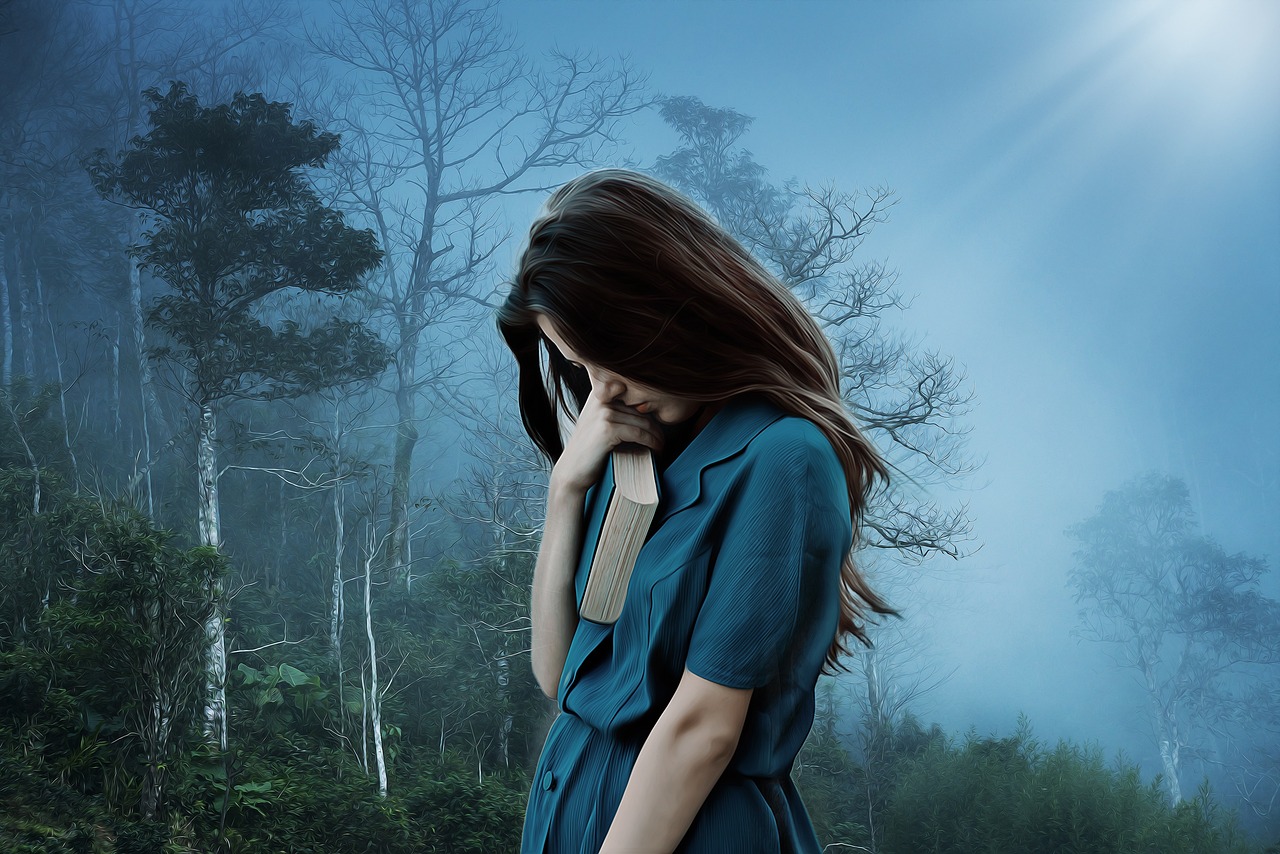
As the days grow shorter and colder, many people experience changes in mood and energy levels. For some, these winter blues are more than just a passing phase; they may be grappling with Seasonal Affective Disorder (SAD). In this article, we will explore the relationship between depression and SAD, shedding light on the unique challenges and potential solutions associated with this condition.
Understanding Depression and SAD
Depression, a common mental health condition, is characterized by persistent feelings of sadness, hopelessness, and a lack of interest or pleasure in daily activities. SAD, on the other hand, is a subtype of depression that follows a seasonal pattern. It typically occurs during the fall and winter months when sunlight exposure is limited.
The Link Between Depression and SAD
SAD shares many symptoms with major depressive disorder (MDD). These include feelings of sadness, fatigue, changes in appetite and weight, and difficulty concentrating. However, the key difference is the seasonal variation in SAD, which is closely tied to the reduced daylight during the winter.
Causes of SAD:
-
Light Exposure: The reduced exposure to natural light in the winter months can disrupt the body’s internal clock (circadian rhythms) and affect the production of important mood-regulating neurotransmitters, such as serotonin and melatonin.
-
Biological Factors: Individuals with SAD may have a genetic predisposition to the disorder. Imbalances in serotonin levels and overproduction of melatonin can contribute to symptoms.
-
Environmental and Behavioral Factors: Social isolation and a lack of outdoor physical activity can worsen SAD symptoms. Additionally, stress and changes in routine during the holidays can exacerbate the condition.
Diagnosis and Symptoms
Diagnosing SAD often involves a thorough assessment of symptoms and their seasonal pattern. Symptoms to look out for include:
- Depressed mood
- Loss of interest in activities
- Changes in appetite and weight
- Difficulty sleeping or oversleeping
- Fatigue
- Feelings of worthlessness or guilt
- Difficulty concentrating
Treatment Options
Fortunately, there are various treatment options available for individuals with SAD:
-
Light Therapy (Phototherapy): Exposure to bright, artificial light that mimics natural sunlight can help regulate circadian rhythms and alleviate symptoms.
-
Psychotherapy: Cognitive-behavioral therapy (CBT) and other forms of talk therapy can provide valuable coping strategies for managing SAD.
-
Medications: In some cases, antidepressant medications, such as selective serotonin reuptake inhibitors (SSRIs), may be prescribed to alleviate symptoms.
-
Lifestyle Adjustments: Engaging in regular physical activity, maintaining a balanced diet, and managing stress can make a significant difference in managing SAD.
Conclusion
Depression, in all its forms, can be a challenging mental health condition to navigate. Seasonal Affective Disorder (SAD) is a unique subtype that affects individuals during the fall and winter months due to reduced light exposure. Understanding the causes and symptoms of SAD is crucial for seeking appropriate treatment and support. Whether through light therapy, psychotherapy, medications, or lifestyle changes, individuals with SAD can find relief and regain their quality of life. If you or someone you know is experiencing SAD or depression, don’t hesitate to reach out for help from mental health professionals. Remember, the winter blues need not define your life; there is hope and help available.


